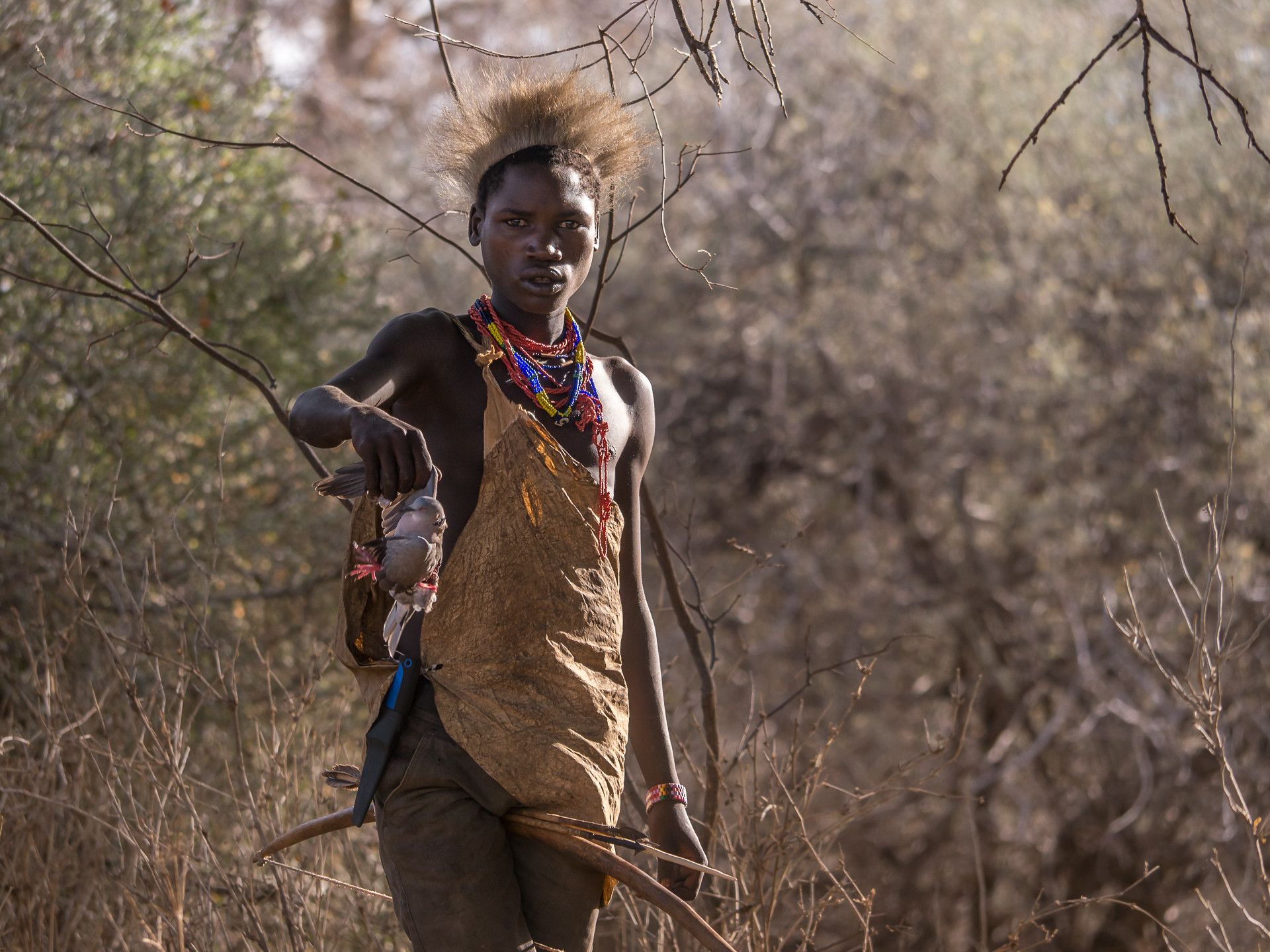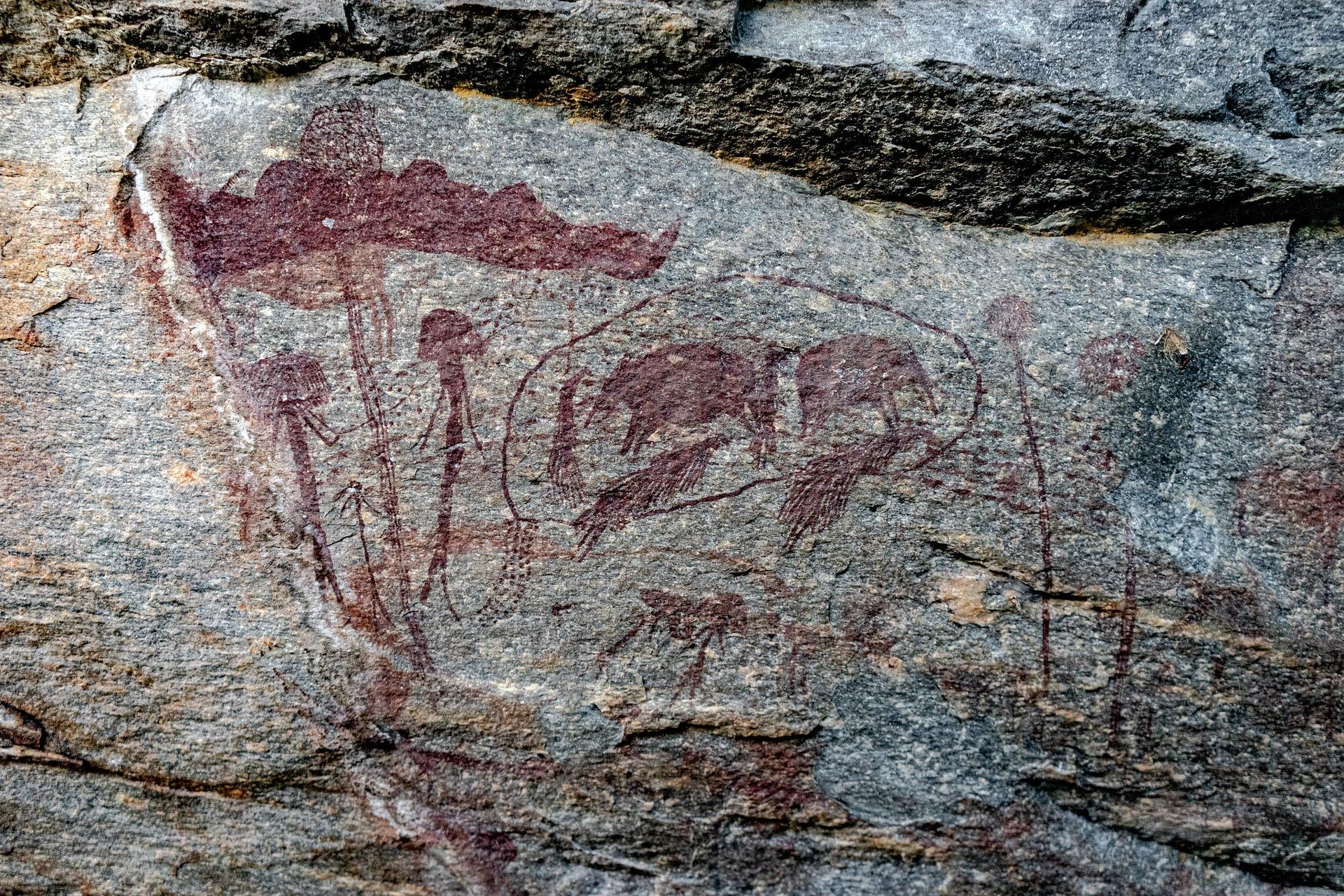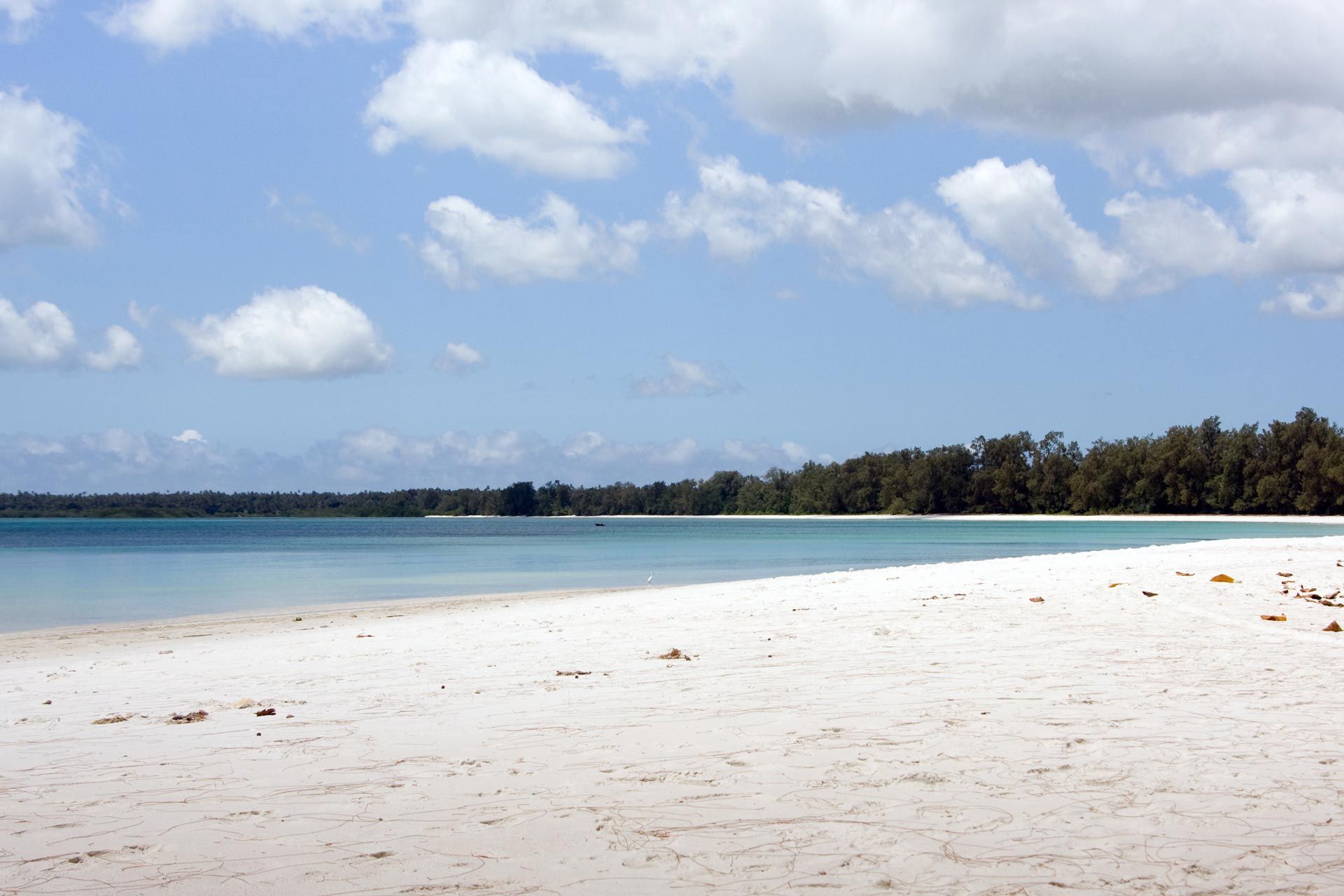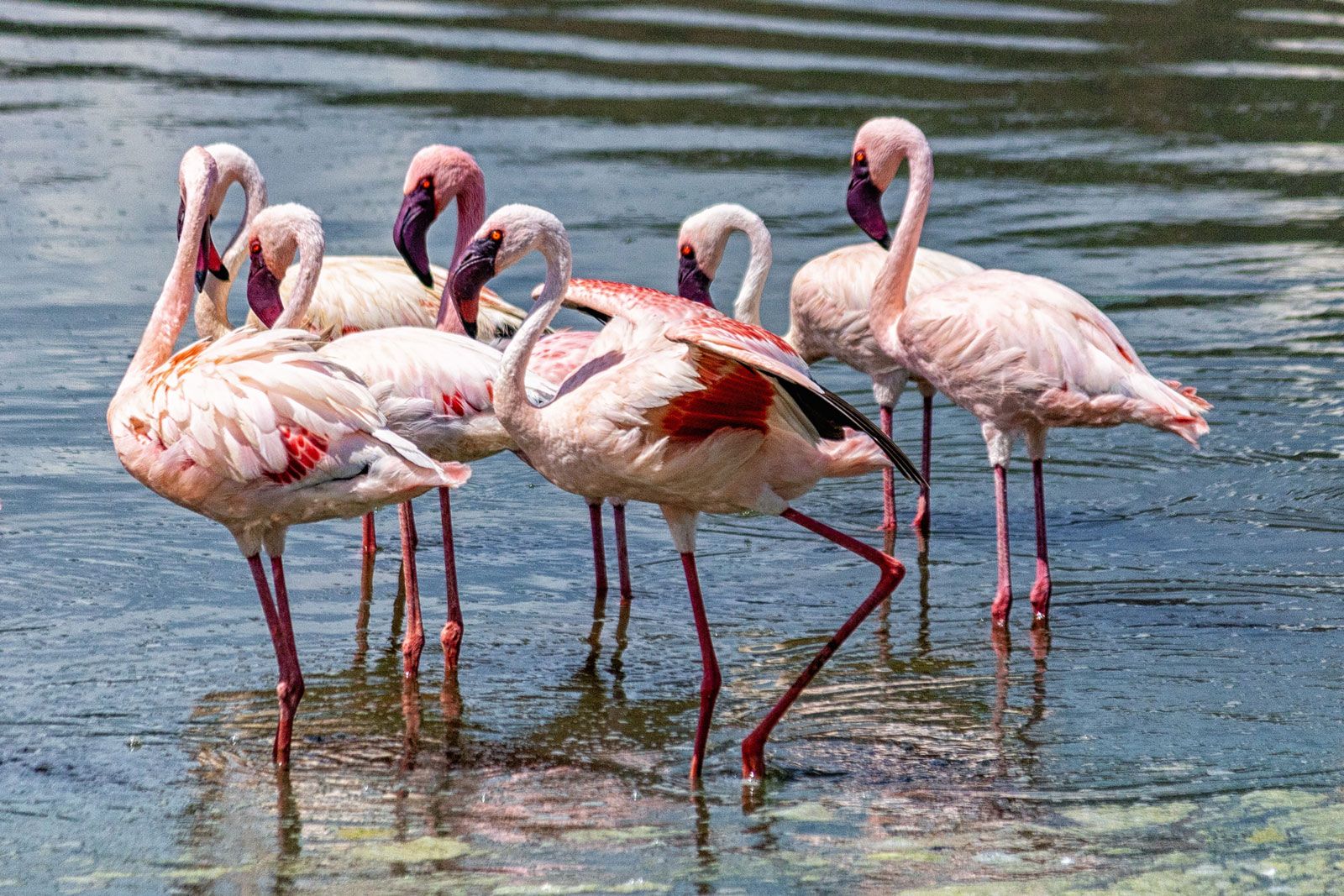
Hidden Gems of Mainland Tanzania: Beyond Zanzibar & Serengeti
2 min readWhile most travelers flock to Tanzania's famous Serengeti National Park and the spice-scented shores of Zanzibar, mainland Tanzania harbors extraordinary destinations that remain refreshingly uncrowded. For the discerning adventure seeker, these hidden gems offer authentic cultural encounters, pristine wilderness experiences, and Instagram-worthy landscapes without the tourist masses. Whether you're drawn to ancient archaeological sites, remote mountain ranges, or untouched coastal paradises, Tanzania's lesser-known treasures promise the kind of transformative travel experiences that create lifelong memories.
From the dramatic volcanic landscapes of the Crater Highlands to the archaeological wonders of Olduvai Gorge, mainland Tanzania rewards intrepid travelers with diverse ecosystems, rich cultural heritage, and unparalleled photographic opportunities. This comprehensive guide unveils the country's best-kept secrets, helping you craft an authentic Tanzanian adventure that goes far beyond the well-trodden safari circuit.
Hidden Gems of Mainland Tanzania
- Discovering Tanzania's Archaeological Treasures
- Olduvai Gorge: The Cradle of Mankind
- Kondoa Rock Art Sites: Ancient African Artistry
- Exploring Remote Mountain Ranges
- Udzungwa Mountains: The Galápagos of Africa
- Mahale Mountains: Chimpanzee Tracking Paradise
- Hidden Coastal Paradises
- Pemba Island: The Green Island
- Kilifi Creek: Coastal Culture and Pristine Beaches
- Unique Geological Wonders
- Lake Natron: The Flamingo's Secret
- Ol Doinyo Lengai: The Mountain of God
- Cultural Immersion Opportunities
- Hadzabe Communities: Living History
- Datoga Metalworking Traditions
- Practical Planning for Hidden Gem Adventures
- Transportation and Accessibility
- Accommodation and Local Services
- Cultural Sensitivity and Responsible Tourism
- Frequently Asked Questions
- Key Takeaways
- Plan Your Hidden Gem Adventure
Discovering Tanzania's Archaeological Treasures

Olduvai Gorge: The Cradle of Mankind
Often overshadowed by its more famous neighbors, Olduvai Gorge stands as one of humanity's most significant archaeological sites. This dramatic ravine, carved through millions of years of geological history, has yielded some of the earliest evidence of human evolution. The site gained international recognition through the pioneering work of archaeologists Louis and Mary Leakey, who discovered crucial hominid fossils that revolutionized our understanding of human origins.
The gorge stretches approximately 50 kilometers long and reaches depths of up to 90 meters, revealing distinct geological layers that tell the story of our planet's past. Visitors can explore the small but informative museum that houses fossil replicas and archaeological artifacts, while guided tours provide insights into the groundbreaking discoveries made here. The surrounding landscape offers excellent opportunities for photography, with its rugged terrain and expansive views across the Ngorongoro Conservation Area.

Kondoa Rock Art Sites: Ancient African Artistry
The Kondoa Rock Art Sites represent one of Africa's most extensive collections of ancient cave paintings, designated as a UNESCO World Heritage Site in 2006. These remarkable artworks, created by hunter-gatherer communities over thousands of years, provide invaluable insights into prehistoric African cultures and spiritual beliefs.
Spread across central Tanzania's granite outcrops, the rock art sites feature vivid paintings depicting animals, human figures, and geometric patterns. The artwork spans different periods, with some paintings estimated to be over 50,000 years old, making them among the oldest known rock art in Africa. The red and white pigments, derived from natural minerals, have remarkably preserved these ancient masterpieces against time and weather.
Local guides from nearby communities offer essential context about the cultural significance of these sites, sharing oral traditions that have been passed down through generations. The journey to reach these remote locations often involves scenic drives through rural landscapes and short hikes through rocky terrain, adding to the sense of discovery.
Exploring Remote Mountain Ranges
Udzungwa Mountains: The Galápagos of Africa
The Udzungwa Mountains National Park offers one of Tanzania's most biodiverse ecosystems, earning its nickname as "the Galápagos of Africa" due to its remarkable level of endemic species. This pristine mountain range harbors unique flora and fauna found nowhere else on Earth, making it a paradise for nature enthusiasts and wildlife photographers.
The park protects ancient Eastern Arc Mountain forests that have remained largely unchanged for millions of years. These forests support an extraordinary array of endemic species, including several primate species unique to the region. The diverse landscapes range from dense rainforests to open grasslands, creating multiple microhabitats that support different wildlife communities.
Hiking opportunities abound throughout the park, with trails ranging from gentle nature walks to challenging multi-day treks. The popular Sanje Waterfall trail leads to spectacular cascades plunging over 170 meters, creating natural swimming pools perfect for a refreshing dip after the climb. More adventurous hikers can attempt the peak trails, which offer panoramic views across the surrounding valleys and distant plains.
Mahale Mountains: Chimpanzee Tracking Paradise
Located on the shores of Lake Tanganyika, Mahale Mountains National Park provides one of Africa's most extraordinary wildlife experiences through its habituated chimpanzee populations. This remote park, accessible only by chartered flight or boat, offers intimate encounters with our closest living relatives in their natural mountain forest habitat.
The park's isolation has created a pristine wilderness where chimpanzees have been studied continuously since the 1960s by Japanese researchers. Several chimpanzee communities have become habituated to human presence, allowing visitors to observe their complex social behaviors, tool use, and family dynamics at close range. These encounters typically last one hour and require guided rangers who have extensive knowledge of individual chimpanzees and their behaviors.
Beyond chimpanzee tracking, Mahale offers excellent hiking opportunities through montane forests, pristine beaches along Lake Tanganyika's crystal-clear waters, and exceptional birdwatching with over 350 recorded species. The lake itself provides opportunities for swimming, snorkeling, and fishing, with several endemic fish species found only in these ancient waters.
Hidden Coastal Paradises

Pemba Island: The Green Island
While Zanzibar attracts international attention, Pemba Island remains Tanzania's best-kept coastal secret. Known locally as "The Green Island" for its lush vegetation and fertile soils, Pemba offers authentic island experiences without the crowds and commercialization of its famous neighbor.
The island's economy traditionally centered on clove production, and vast spice plantations still cover much of the interior landscape. These aromatic farms provide fascinating insights into traditional agricultural practices and the historical spice trade that shaped East African culture. Local guides often offer spice tours that combine cultural education with sensory experiences, allowing visitors to taste and smell various spices in their natural growing environment.
Pemba's coastline features pristine beaches, healthy coral reefs, and traditional fishing communities that have maintained their authentic way of life. The marine environment around Pemba is particularly rich, with excellent diving and snorkeling opportunities. Several dive sites offer encounters with large pelagic species, colorful reef fish, and healthy coral formations that have remained largely undisturbed by tourism.
Kilifi Creek: Coastal Culture and Pristine Beaches
Though technically in Kenya, Kilifi Creek represents the kind of authentic coastal experience that defines East Africa's hidden gems, similar to what travelers can find along Tanzania's less developed coastline. This tidal creek cuts inland from the Indian Ocean, creating a network of mangrove forests, traditional fishing villages, and secluded beaches that showcase authentic coastal culture.
The area provides excellent opportunities for cultural immersion, with local communities maintaining traditional lifestyles centered around fishing, boat building, and maritime trade. Visitors can participate in authentic cultural exchanges, learning traditional fishing techniques, exploring mangrove ecosystems, and understanding the historical connections between coastal communities and the broader Indian Ocean trade networks.
Unique Geological Wonders

Lake Natron: The Flamingo's Secret
Lake Natron offers one of Tanzania's most otherworldly landscapes, creating an alien-like environment that attracts both adventure photographers and wildlife enthusiasts. This alkaline lake, fed by hot springs and mineral-rich volcanic activity, creates conditions that support one of Africa's most important flamingo breeding grounds.
The lake's extreme alkalinity, caused by volcanic activity in the surrounding Rift Valley, creates a harsh environment that few species can tolerate. However, these conditions prove ideal for flamingo reproduction, with millions of lesser flamingos gathering here during breeding seasons to create one of nature's most spectacular wildlife displays. The timing of these gatherings can vary based on water levels and seasonal conditions, making each visit unique.
The surrounding landscape features dramatic volcanic formations, hot springs, and salt flats that create excellent photographic opportunities. The contrast between the red-tinted lake waters, white salt deposits, and volcanic peaks creates a surreal environment that challenges traditional perceptions of African landscapes.
Ol Doinyo Lengai: The Mountain of God
Ol Doinyo Lengai, meaning "Mountain of God" in the Maasai language, stands as one of the world's most unique volcanoes due to its rare natrocarbon lavas. This active volcano offers adventurous climbers the opportunity to witness geological processes found nowhere else on Earth, with lava that appears black during daylight but glows silver at night.
The climb to the summit typically begins in the early morning hours to avoid extreme daytime temperatures and to reach the crater rim for sunrise. The ascent requires good physical fitness and proper preparation, as the route involves steep, loose volcanic slopes and challenging terrain. However, the rewards include spectacular views across the Rift Valley and the unique opportunity to observe active volcanic activity.
The surrounding area provides insights into Maasai culture, with local communities maintaining traditional pastoral lifestyles despite the challenging volcanic environment. Cultural interactions often include visits to traditional homesteads, learning about pastoralist practices, and understanding how communities adapt to living near active geological features.
Cultural Immersion Opportunities
Hadzabe Communities: Living History
The Hadzabe people represent one of the last remaining hunter-gatherer societies in Africa, offering visitors unprecedented insights into humanity's earliest lifestyle practices. These communities, living in the areas around Lake Eyasi, maintain traditional hunting and gathering techniques that have remained largely unchanged for thousands of years.
Respectful cultural exchanges with the Hadzabe provide opportunities to learn traditional hunting methods, plant identification for medicinal and nutritional purposes, and fire-making techniques using traditional tools. These interactions offer profound perspectives on sustainable living, resource management, and the deep connection between human communities and natural environments.
The experience typically includes morning hunting expeditions where visitors can observe traditional bow hunting techniques, honey gathering, and the sophisticated knowledge systems that enable survival in semi-arid environments. These cultural encounters require sensitivity and respect, with visits organized through responsible tourism operators who ensure fair compensation and minimal cultural disruption.
Datoga Metalworking Traditions
The Datoga people, also living near Lake Eyasi, maintain ancient metalworking traditions that showcase sophisticated indigenous technology. These skilled craftspeople create tools, jewelry, and ceremonial objects using traditional smelting and forging techniques passed down through generations.
Visits to Datoga communities often include demonstrations of metalworking processes, from ore preparation to finished products. The intricate knowledge required for these techniques provides insights into the technological innovations of pastoral communities and their adaptation to local resource availability. The social organization around metalworking also reveals important aspects of community structure, gender roles, and economic systems.
Cultural exchanges with the Datoga can include learning about traditional governance systems, livestock management practices, and the complex relationships between different ethnic communities in the region. These interactions provide valuable perspectives on cultural diversity within Tanzania and the challenges facing traditional communities in modern contexts.
Practical Planning for Hidden Gem Adventures
Transportation and Accessibility
Reaching Tanzania's hidden gems often requires careful planning and flexibility, as many locations lack regular public transportation or well-developed tourist infrastructure. Road conditions can vary significantly based on seasonal weather patterns, with some areas becoming challenging to access during heavy rains typically occurring from March to May and November to December.
Many remote destinations require 4WD vehicles and experienced local drivers familiar with challenging terrain. For locations like Mahale Mountains National Park, access involves chartered flights or boat transfers that must be arranged well in advance. These logistical challenges contribute to the authentic and uncrowded nature of these destinations but require more comprehensive planning than mainstream tourist sites.
Accommodation and Local Services
Accommodation options in remote areas often range from basic camping facilities to small eco-lodges that emphasize environmental sustainability and community involvement. These properties typically offer more authentic experiences but may lack some amenities expected at international hotel chains. Many remote lodges operate on solar power, use local water sources, and employ staff from nearby communities.
Advance booking is essential for most remote accommodations, particularly during peak wildlife viewing seasons or cultural festivals. Many properties offer all-inclusive packages that include meals, guided activities, and transportation, which can simplify logistics and provide better value for comprehensive experiences.
Cultural Sensitivity and Responsible Tourism
Visiting Tanzania's hidden gems requires heightened cultural sensitivity and commitment to responsible tourism practices. Many destinations involve interactions with indigenous communities or access to fragile ecosystems that require careful environmental stewardship.
Responsible tourism practices include respecting local customs and traditions, supporting community-based tourism initiatives, minimizing environmental impact, and ensuring that tourism benefits reach local communities. Photography protocols may vary between communities, with some requesting permission or compensation for portraits, while others welcome documentation of their cultural practices.
Frequently Asked Questions
Key Takeaways
Key Takeaways
Tanzania's hidden gems offer authentic experiences away from crowded tourist circuits, perfect for adventure seekers and cultural enthusiasts
Archaeological sites like Olduvai Gorge and Kondoa Rock Art provide world-class historical insights with minimal tourist development
Remote mountain parks like Udzungwa and Mahale offer unique wildlife encounters and pristine wilderness experiences
Cultural immersion with communities like the Hadzabe and Datoga provides rare insights into traditional African lifestyles
Geological wonders like Lake Natron and Ol Doinyo Lengai showcase Tanzania's diverse and dramatic landscapes
Planning requires advance preparation, cultural sensitivity, and commitment to responsible tourism practices
Tsavaro's local expertise ensures authentic access to these hidden destinations while supporting local communities
Plan Your Hidden Gem Adventure
Ready to explore Tanzania's best-kept secrets? Tsavaro's local expertise and authentic partnerships provide exclusive access to these remarkable destinations while ensuring your journey supports local communities and conservation efforts. Our culturally-aware team understands both the logistical challenges and incredible rewards of off-the-beaten-path travel in Tanzania.
Discover authentic Africa beyond the guidebooks with Tsavaro - where your adventure contributes to local communities while creating unforgettable memories. Book your hidden gem adventure with Tsavaro today and experience the Tanzania that few travelers ever see.
Always verify current visa requirements with official sources. Prices and availability subject to change - check current rates on Tsavaro. Weather patterns are general - check current conditions before travel.